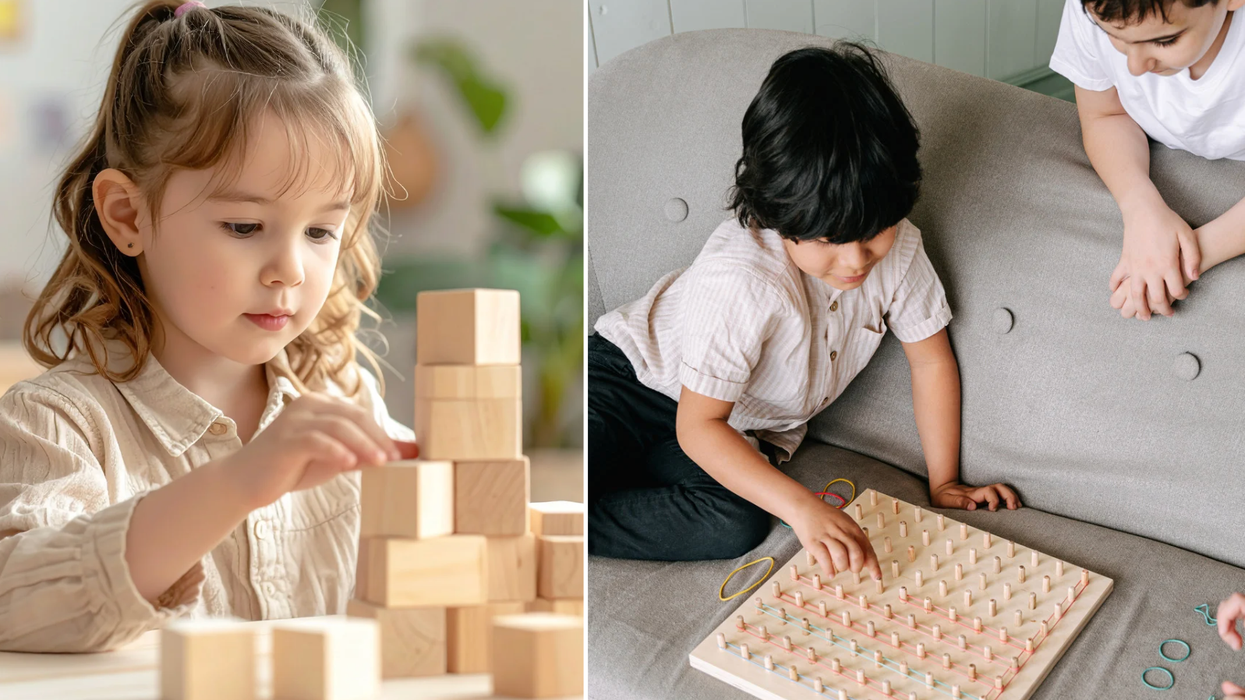The discipline of biomimicry—defined by Biomimicry Institute founder Janine Benyus as "a way of seeking sustainable solutions by borrowing life's blueprints, chemical recipes, and ecosystem strategies"—has produced wind turbines shaped like whales' tails, solar panels modeled after butterfly wings, and cities and companies organized after mushrooms. Now Levi's is seeking inspiration in the way bees build their hives to improve the durability and strength of its clothes.
The company recently took a multidisciplinary team of designers, technical and sustainability experts from across various departments and sent them out into the Montana wilderness with Benyus to look for ideas.
"One thing we looked at was where in nature the reaggregation of fiber is performed," explains Paul Dillinger, senior director of global design for Levi's. "Bees. They collect resins from plants and create cross-linking natural resin to make short fibers. When we looked at bees closer, we realized they’re performing the same function as us, but doing it just by flying around and sucking on flowers."
Now, Dillinger says the company is continuing to look at how it could take a page from the bees' book. "We think there’s an application [of bee-based technology] that will strengthen our fabric and make it even more durable," Dillinger says.
Mother Nature is also providing inspiration for the company's design processes more generally. "One key area we examined was systems solutions," Dillinger says. "Natural ecology is a closed system where all materials are used and recycled. An industrial ecology uses an open system where many materials are wasted. Using nature as our inspiration, we are actively finding more ways to model nature’s closed system in our designs."
Specifically, the company is currently working on ways to recycle cotton, upcycle cotton and use more recycled cotton content in its products.
"The great thing about biomimicry is that there are a whole bunch of ways you can observe nature," Dilligner says. "And different solutions will emerge depending on which eyes are looking."
















 Otis knew before they did.
Otis knew before they did.